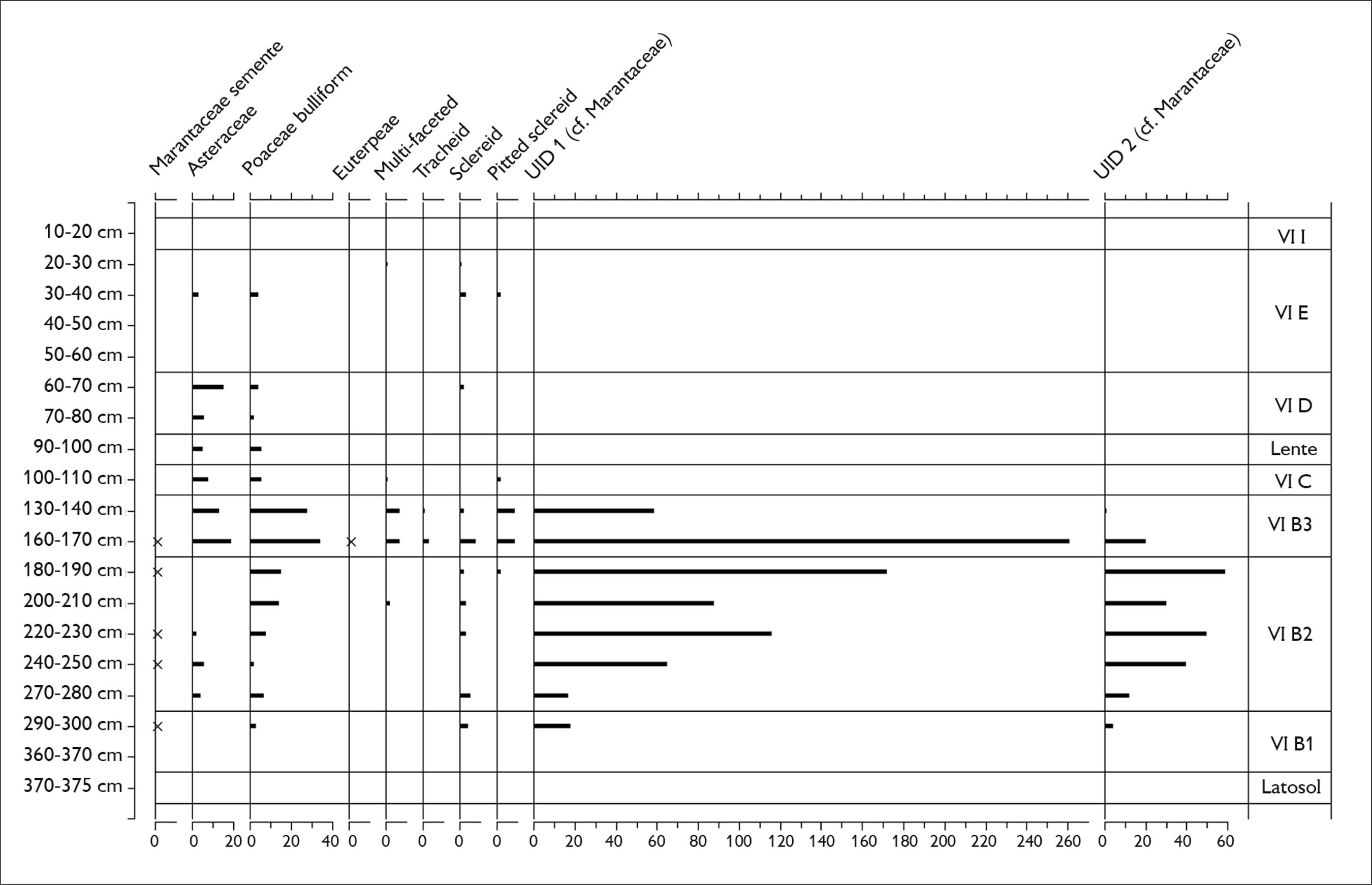Abstract
New archaeobotanical studies show that the region of the Upper Madeira River was where several economic plants were brought under domestication during the Early and Middle Holocene, confirming what had been indicated by plant genetics for several years. Little is known, however, about the more recent history of plant-people relationships, during the ceramic occupations of the Late Holocene. Along the upper Madeira river channel, extensive archaeological sites containing anthropogenic dark earths are associated with occupations by ceramic producers that lived in the area between approximately 3,000 and 400 years ago. These populations left a wealth of information that allows us to evaluate these relationships through archaeobotanical studies. This paper presents new microbotanical data from the Teotônio and Santa Paula archaeological sites to proposes new hypotheses about local plant management systems during this period. Apart from documenting a proliferation in domesticates, it was possible to suggest some changes in which plants were used and how over time. We also saw how archaeobotanical data can shed light upon issues related the formation of these archaeological sites.
Keywords
Archaeobotany; Phytoliths; Starch grains; Management systems; Anthropogenic Dark Earth; Southwest Amazonia

 Desenho:
Desenho: 
 Legenda: X = presença de taxa com baixas frequências (< 2%).
Legenda: X = presença de taxa com baixas frequências (< 2%).
 Legenda: X = presença de taxa com baixas frequências (< 2%).
Legenda: X = presença de taxa com baixas frequências (< 2%).
 Legenda: X = presença de taxa com baixas frequências (< 2%).
Legenda: X = presença de taxa com baixas frequências (< 2%).
 Legenda: X = presença de taxa com baixas frequências (< 2%).
Legenda: X = presença de taxa com baixas frequências (< 2%).